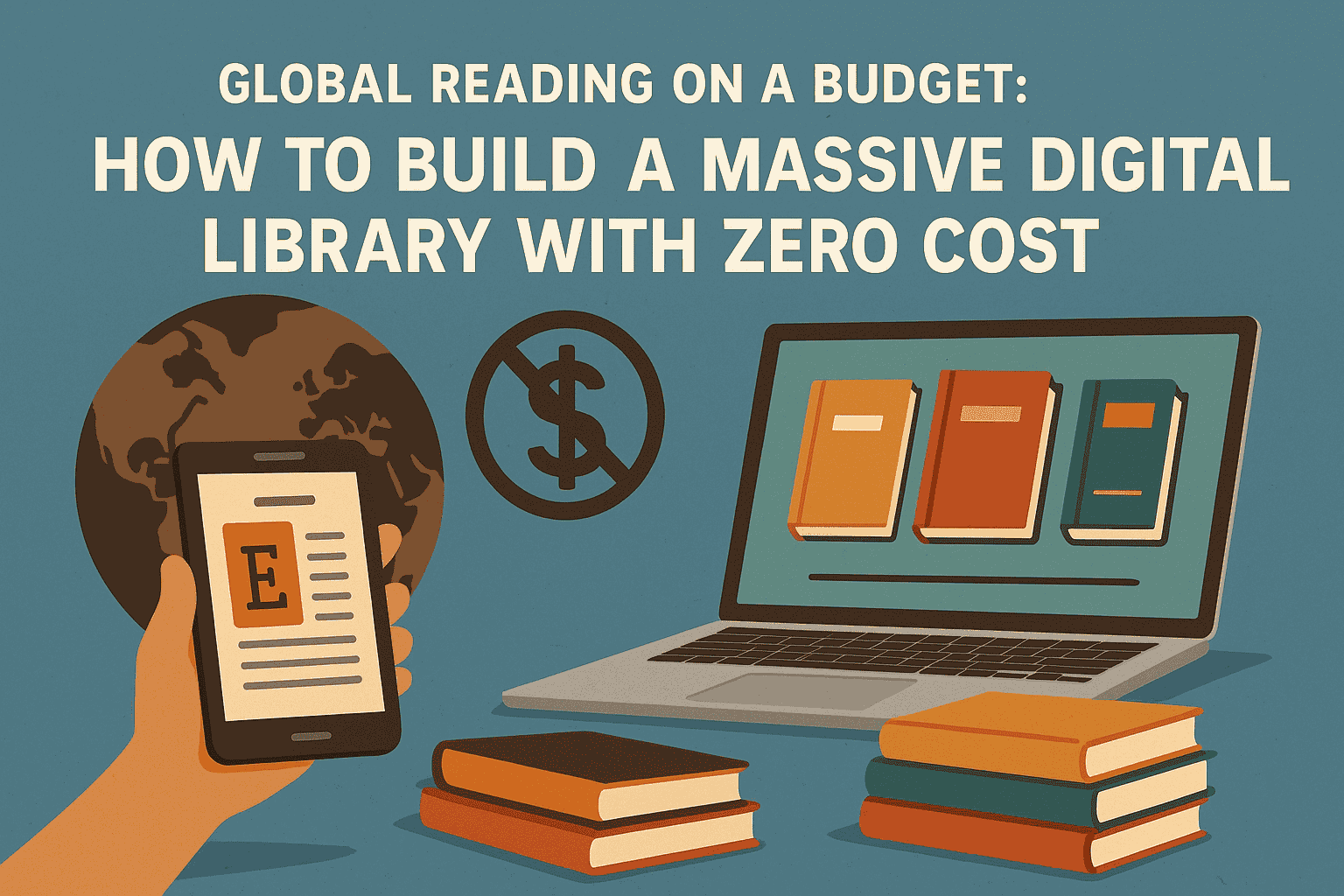The Role of Diversity and Inclusion in Business Innovation
Innovation is the lifeblood of modern business. It drives growth, shapes industries, and helps companies remain competitive in an ever-changing market. Yet innovation doesn’t happen in a vacuum — it is born from ideas, perspectives, and problem-solving approaches that come from people. That’s where diversity and inclusion (D&I) play a transformative role.
A growing body of research shows that diverse and inclusive organizations are not just more equitable — they are also more innovative, profitable, and adaptable. Companies that embrace D&I gain access to broader perspectives, stronger collaboration, and creative solutions that homogeneous teams often overlook.
This article explores why diversity and inclusion are crucial for business innovation, the challenges organizations face, and strategies to create a culture where everyone can contribute their best ideas.
Understanding Diversity and Inclusion
What Is Diversity?
Diversity refers to the presence of differences within a workplace. These differences may include race, ethnicity, gender, age, socioeconomic status, religion, sexual orientation, education, and even cognitive styles or life experiences.
What Is Inclusion?
Inclusion ensures that diverse individuals feel welcomed, valued, and empowered to contribute fully. It’s not enough to have representation; people must also feel their voices matter and their ideas are respected.
In short: diversity is about who is at the table, while inclusion is about how everyone is treated at that table. Both are necessary to unlock innovation.
The Link Between D&I and Innovation
1. Broader Perspectives Lead to Better Ideas
When people with different backgrounds and experiences come together, they view problems from multiple angles. This diversity of thought sparks more creative and effective solutions than those generated by homogeneous groups.
2. Greater Market Insight
A diverse workforce better reflects the global customer base. Employees from varied cultural and demographic backgrounds understand different consumer needs and preferences, enabling businesses to design products and services that resonate with wider audiences.
3. Enhanced Problem-Solving
Inclusion allows diverse perspectives to surface and be acted upon. Teams that feel safe to share ideas are more likely to challenge assumptions, identify blind spots, and come up with innovative solutions.
4. Competitive Advantage
Companies that prioritize D&I gain an edge in attracting top talent, entering new markets, and maintaining brand reputation. Innovation thrives in environments where unique voices are heard and celebrated.
Evidence of D&I’s Role in Innovation
Numerous studies highlight the connection between diversity and business performance:
-
A McKinsey report found that companies in the top quartile for gender and ethnic diversity were significantly more likely to outperform their peers financially.
-
Boston Consulting Group reported that companies with more diverse management teams generated 19% higher revenues from innovation.
-
Harvard Business Review has shown that inclusive organizations are more likely to make better decisions faster, leading to improved outcomes.
These findings underscore the fact that diversity and inclusion are not just ethical imperatives — they are business imperatives.
Challenges to Achieving Diversity and Inclusion
While the benefits are clear, creating diverse and inclusive organizations is not without obstacles:
1. Unconscious Bias
Even well-meaning leaders and employees may harbor unconscious biases that affect hiring, promotions, and collaboration.
2. Tokenism
Having diverse representation without true inclusion can lead to tokenism, where individuals feel their presence is symbolic rather than valued.
3. Resistance to Change
Some employees or leaders may resist diversity initiatives, fearing disruption or feeling threatened by change.
4. Lack of Leadership Commitment
Without genuine buy-in from leadership, D&I efforts often fail to move beyond surface-level initiatives.
5. Inadequate Metrics
Many organizations struggle to measure progress in diversity and inclusion, making it hard to assess effectiveness.
Strategies to Foster Diversity and Inclusion for Innovation
1. Commit From the Top
Leaders must champion D&I, modeling inclusive behaviors and setting clear goals. Leadership buy-in signals to employees that diversity and inclusion are core values, not optional initiatives.
2. Create Inclusive Hiring Practices
Expand recruitment channels to reach diverse talent pools. Use structured interviews, blind resume reviews, and inclusive job descriptions to minimize bias.
3. Foster a Culture of Belonging
Inclusion requires a culture where employees feel respected and safe to express themselves. Encourage open dialogue, active listening, and recognition of diverse contributions.
4. Provide Training and Education
Offer training on unconscious bias, inclusive leadership, and cultural awareness. Education helps employees recognize and challenge biases while fostering empathy.
5. Encourage Diverse Teams
Deliberately create cross-functional, diverse teams to work on projects. Diversity of thought within teams leads to more creative outcomes.
6. Implement Clear Metrics and Accountability
Track representation, promotion rates, and employee satisfaction across demographic groups. Hold leaders accountable for progress on D&I goals.
7. Celebrate and Leverage Differences
Highlight success stories where diverse perspectives led to innovative solutions. Celebrate cultural events, share employee experiences, and embrace the richness of differences.
8. Ensure Equal Access to Opportunities
Mentorship, leadership development, and promotions should be accessible to everyone, regardless of background.
Case Studies: D&I Driving Innovation
-
Microsoft: With a strong focus on accessibility and inclusion, Microsoft has developed innovative technologies like adaptive controllers for gamers with disabilities. Their commitment to D&I has broadened their reach and impact.
-
Coca-Cola: The company’s diverse workforce contributes to its ability to tailor marketing campaigns for different regions and demographics, making its brand truly global.
-
Johnson & Johnson: By prioritizing inclusive leadership and diverse teams, the company continues to lead in healthcare innovation and global market penetration.
These examples demonstrate that when companies take D&I seriously, innovation flourishes.
The Role of Technology in Advancing D&I
Technology is playing an important role in promoting diversity and inclusion:
-
AI in Hiring: Tools can help remove bias in recruiting, though they must be carefully designed to avoid replicating existing inequalities.
-
Collaboration Tools: Platforms like Slack, Zoom, and Microsoft Teams make it easier for global teams to connect and collaborate.
-
Data Analytics: Companies can track diversity metrics more accurately and use insights to improve policies and practices.
By combining human effort with technological innovation, organizations can accelerate their D&I goals.
The Future of Diversity and Innovation
As businesses operate in an increasingly globalized world, diversity and inclusion will only grow in importance. Future innovation will rely on:
-
Global Collaboration: Teams working across borders and cultures to tackle complex global challenges.
-
Intersectionality: Recognizing how overlapping identities (e.g., gender and race) shape experiences and fostering policies that address these complexities.
-
Purpose-Driven Business: Companies embracing social responsibility will attract diverse talent and foster innovation aligned with broader societal needs.
Final Thoughts
Diversity and inclusion are not just moral imperatives; they are drivers of innovation, growth, and competitive advantage. Traditional approaches to problem-solving are no longer enough in today’s dynamic market. By embracing diverse perspectives and creating inclusive cultures, businesses unlock creativity and innovation that propel them forward.
Inclusion ensures that diversity is not just present but impactful. When employees feel valued, respected, and empowered, they bring their best ideas to the table — and those ideas are what shape the future of business.







